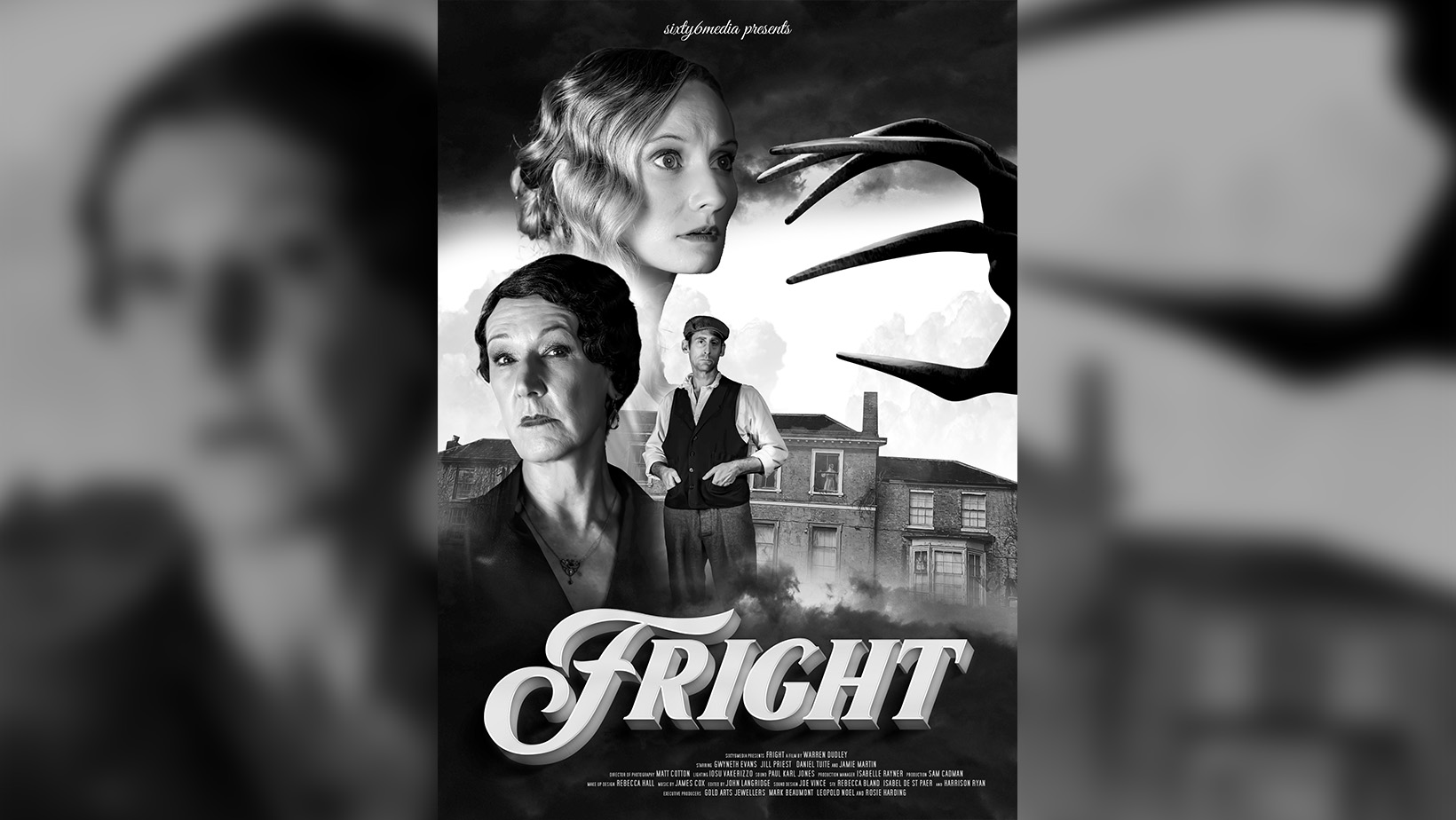
Fright is a 2024 English period horror, written and directed by Warren Dudley. Beginning their career in film in 2005 with the comedy TV movie Come on You Chickens, Warren’s first foray into horror as the writer/director of Prankz (2017).
It’s 1937, and young Emily is trapped in a nightmare. Her chronic agoraphobia and strange, domineering mother have turned their sprawling Gothic mansion into a prison. On the brink of madness, Emily is haunted by the malevolent forces lurking just outside. Her only hope is the desperate belief that her missing father could save her from this living hell. But as she longs for his return Emily is tormented by visions of a sinister, gnarled black hand—a spectre that has haunted her since her earliest memories.
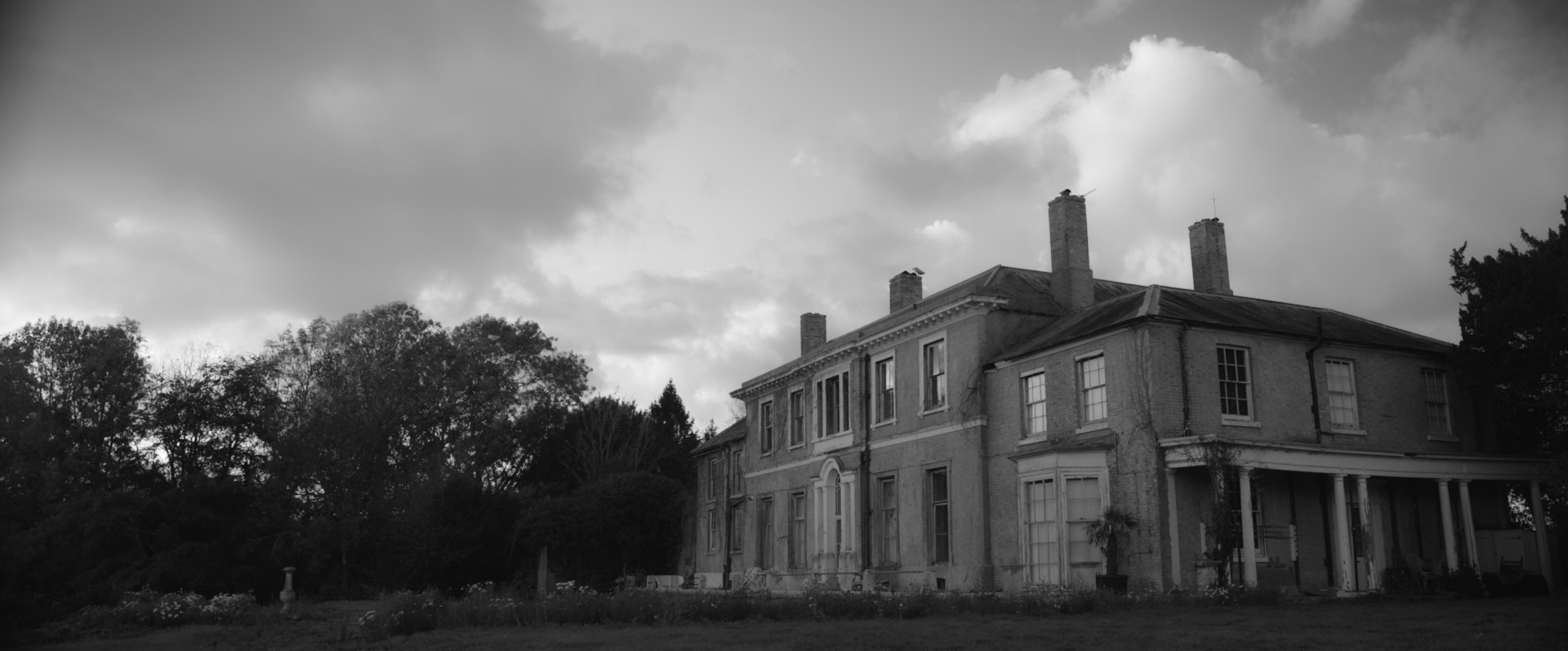
An incredibly slow-burning narrative, Fright is a fantastic recreation of the lingering pace and high tension prominent in English horror films of the 50s and 60s. With a strong focus on a gradual building of character development and an inescapably oppressive atmosphere, the film successfully crafts a narrative that engrosses the audience from the very beginning. Being an enclosed story of only a handful of characters and a single location of Emily’s family home, a large part of the plot is delivered through monologue disguised as our protagonist’s diary entries–providing a significant amount of the narrative details intrinsically. Additionally, Fright’s narrative is hardly clear-cut. Featuring numerous twists and turns and a questioning aura surrounding the validity of the film’s supernatural elements, the film is sure to keep audiences on tenterhooks throughout.
Paying keen attention to the visual styles of horror from the 50s, Fright is an astounding recreation of these classic pictures. Displayed in Widescreen cinemascope’s 2.35:1 ratio, the film’s black & white footage, intro card, and opening credits all masterfully reflect the visual design of classic period titles such as The Haunting, Psycho, and later, classic Hammer horror. Furthermore, the film’s cinematography follows a more traditional style of these older films perfectly. Majoritively displayed as a series of alternating static shots, with the kinetic energy of a scene emanating from the cast rather than our perspective. The blend of tight, establishing shots of the house’s interior that open up to incorporate the entire scene provides a surprising level of innate environmental storytelling that accentuates Emily’s gradual mental decline.
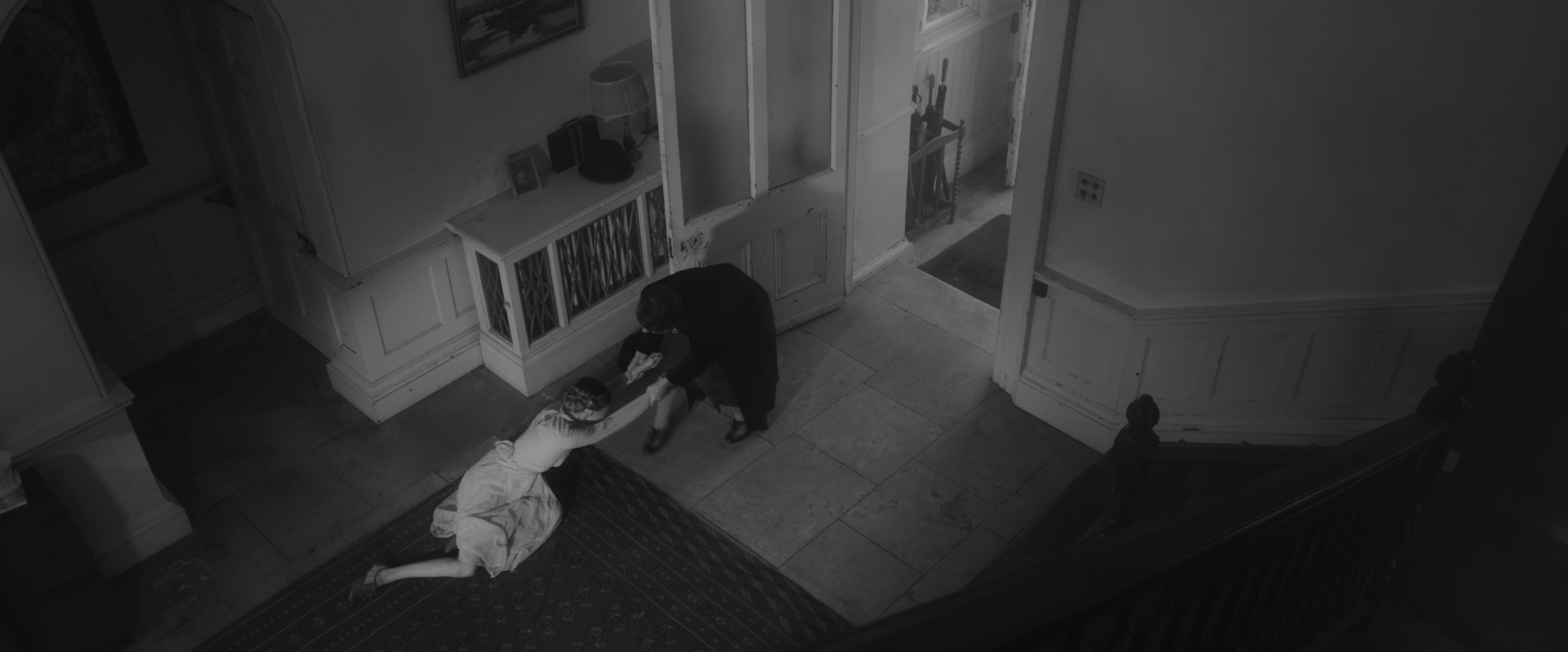
Boasting a tiny roster of only four actors, each does a fantastic job in their respective roles. However, as one character has a minor role as a postman and another is absent until the final act, the film is very much driven by Emily and her mother, played by Gwyneth Evans and Jill Priest respectively. Gwyneth’s performance delivers an authentic representation of the debilitating effects of agoraphobia as well as the other mental health issues it can cause such as paranoia, providing a gradual yet captivating descent into madness. Whereas Jill’s multi-faceted delivery of a traditionally stern yet caring, but, ultimately, a burnt-out parental figure pushed to the limits by her daughter’s illness. Furthermore, the film’s hair and make-up crew do a fantastic job at visually representing a character’s physical and emotional state. As the film progresses, these elements become more exaggerated and hyperbolic, emphasising Emily’s rapidly diminishing mental state expertly.
As was fairly typical of the time, the film is chaperoned by a score composed of a multi-instrumental orchestral piece. The mix of gradual rising strings, woodwind, and percussion ascends to a crescendo of quintessential tension that culminates in the escalation of the narrative’s shocking reveals.
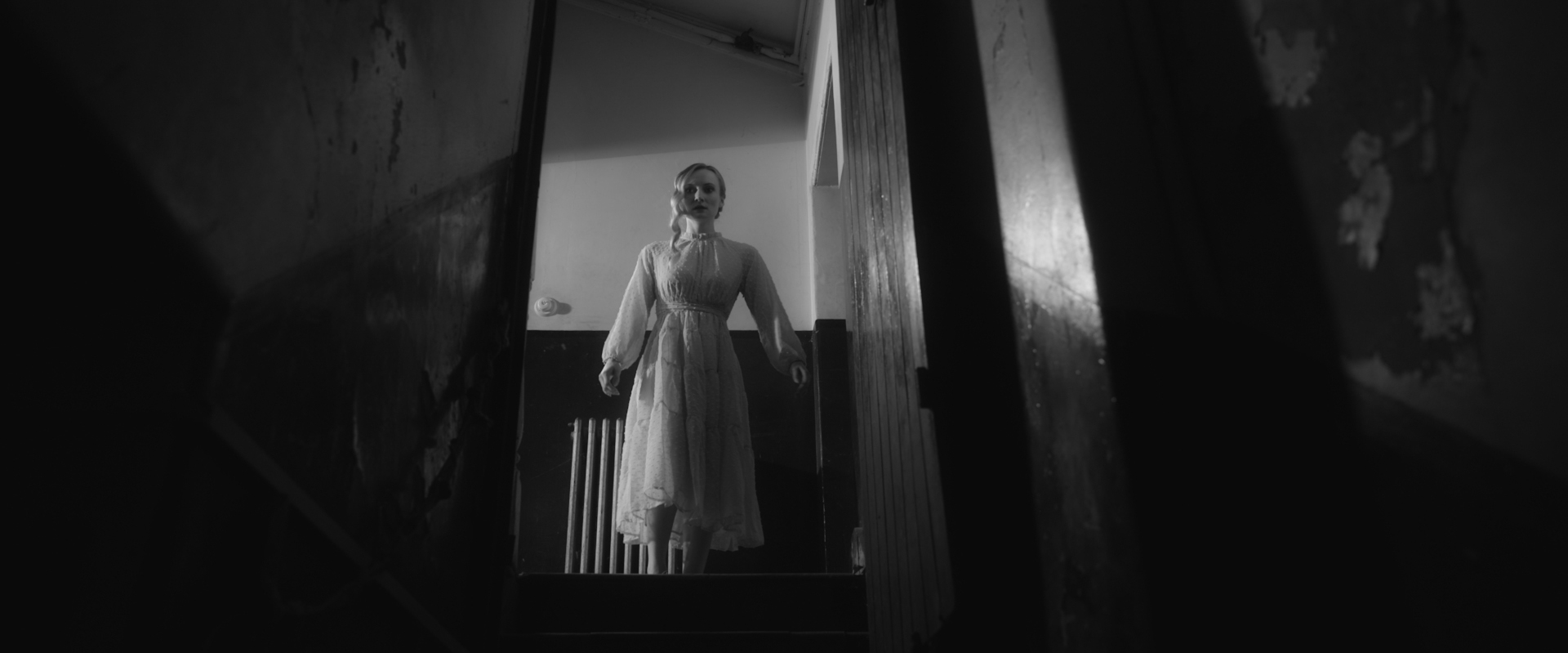
A celebration of the classic design of horror cinema from yesteryear, Fright is an astounding example of the expert building and implementation of atmospheric tension to create a charming narrative chock-full of unexpected twists and turns. With its claustrophobic environment, amazing performances from the entire cast, and admirable attention to detail, fans of an older structure of established horror are sure to get the most out of this love letter to a more traditional horror formula relatively missing from more recent titles.
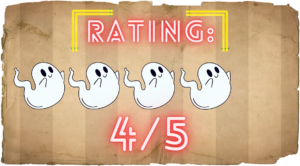
We Watched Fright (2024) at its World Premiere at Frightfest Film Festival 2024
More Film Festival Coverage
In the Fall of 2022, the horror movie community got a jolt when the trailer for director Gerard Johnstone’s and screenwriter Akela Cooper’s sci-fi/horror film, M3GAN, dropped. The trailer’s… Crisalida (2023) [The Chrysalis] is a Spanish extreme gore horror film, written and directed by Mikel Balerdi. Well-known in the extreme cinema community, Mikel is notorious for pushing the boundaries… The Last Horror Movie is a 2003 British found footage horror mockumentary, written by James Handel and directed by Julian Richards. Beginning his career with the award-winning shorts Pirates (1987),… Although the first thing that comes to mind would be to honour the classic camp slashers or creature-feature flicks, I decided to welcome summer with Barry Levinson’s The Bay (2012)… Satan War is a 1979 Satanic exploitation horror, written and directed by Bart La Rue. Whilst mostly known as a TV actor who had starred in over 20 roles, including… Set amidst the beautifully desolate scenery of the Joshua Tree desert, Head Count is a suspenseful slow burn that delves into folklore and urban legends through a threatening presence…M3GAN (2022) Film Review – The Creepy, Dancing Doll that Captured our Hearts
Crisalida (2023) Film Review – Pushing the Limits of Experimental Creativity
The Last Horror Movie (2003) Film Review – A Character Study in Murder
The Bay (2012) Film Review – Sitting at the Dock of the Bay
Satan War (1979) Film Review – We Have Amityville at Home! [Fantastic Fest]
Head Count (2021) Folklore Examination: A Representation of the Uncanny

Hey there, I’m Jim and I’m located in London, UK. I am a Writer and Managing Director here at Grimoire of Horror. A lifelong love of horror and writing has led me down this rabbit hole, allowing me to meet many amazing people and experience some truly original artwork. I specialise in world cinema, manga/graphic novels, and video games but will sometime traverse into the unknown in search of adventure.

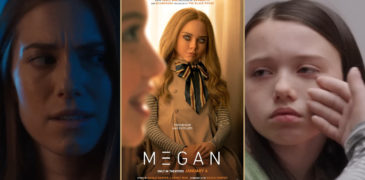
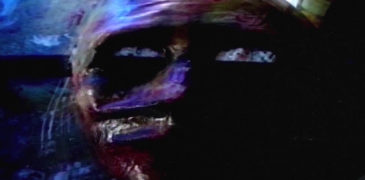
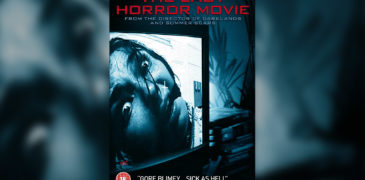
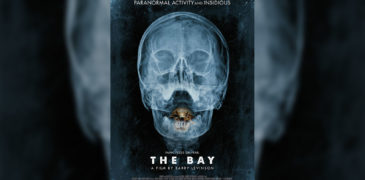
![Satan War (1979) Film Review – We Have Amityville at Home! [Fantastic Fest]](https://www.grimoireofhorror.com/wp-content/uploads/2024/09/Satan-War-cover-365x180.jpg)
